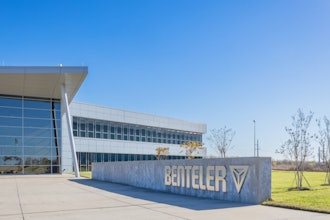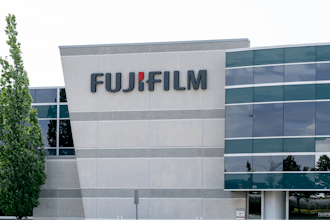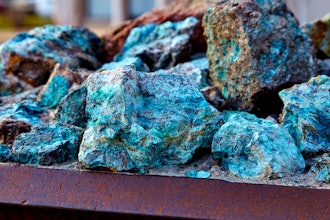WASHINGTON (AP) -- The Obama administration said Wednesday it is cutting the amount of coal dust allowed in coal mines in an effort to help reduce black lung disease.
"Today we advance a very basic principle: you shouldn't have to sacrifice your life for your livelihood," Labor Secretary Thomas E. Perez said. "But that's been the fate of more than 76,000 miners who have died at least in part because of black lung since 1968."
Perez was one of several top government officials to announce the long-awaited final rule Wednesday at an event in Morgantown, W.Va.
Black lung is an irreversible and potentially deadly disease caused by exposure to coal dust, where the dust particles accumulate in the lungs.
The rule by the Labor Department's Mine Safety and Health Administration lowers the overall dust standard from 2.0 to 1.5 milligrams per cubic meter of air. For certain mine entries and miners with black lung disease, the standard is cut in half, from 1.0 to 0.5. The rule also increases the frequency of dust sampling, and requires coal operators to take immediate action when dust levels are high. In addition, coal mine operators will be required to use new technology to provide real-time dust levels. The requirements will be phased in over two years.
"It is a major happening in the coal fields," Joseph A. Main, assistant secretary of labor for mine safety and health, said in an interview before Wednesday's event. "And it's one whose time has really come."
Main, who worked as a coal miner in Pennsylvania and West Virginia for about eight years starting when he was 18, said he made a "personal commitment" to helping to eradicate black lung disease.
"I personally know miners who have had the disease and died from the disease — the same as other folks who grew up in coal mining communities," Main said.
The administration first proposed the rule back in 2010, when it said it would fight a resurgence of black lung disease. The Mine Safety and Health Administration held seven public hearings, extended the comment period three times, and got around 2,000 pages of comments. It took 3 ½ years for the rule to be finalized.
"We probably all would have liked to move faster, but you've got to be careful when you're getting to regulatory processes like this," Main said. "Getting it right was very important."
Main and John Howard, the director of the National Institute for Occupational Safety and Health, joined Perez at the event in West Virginia.






















